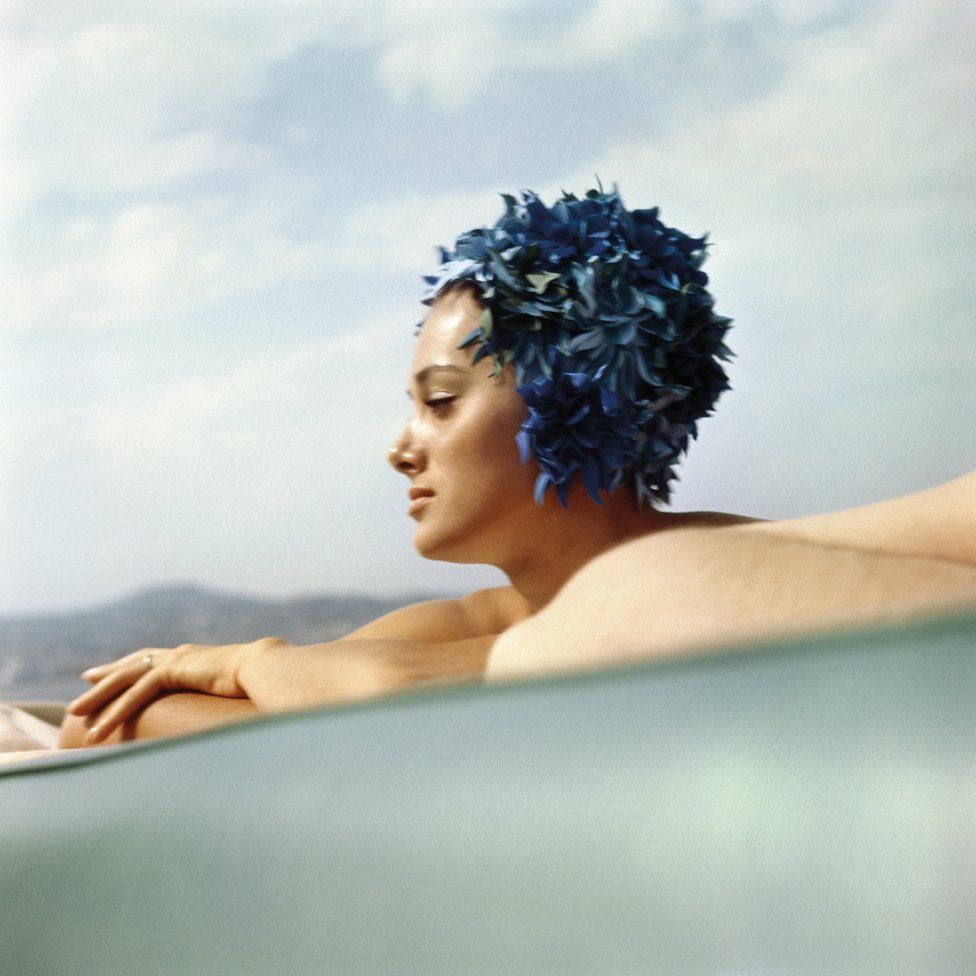Lartigue's life in colour
- Published

Jacques Henri Lartigue has been described as the best known amateur in the history of photography.
Through his black-and-white photographs, he captured the world around him, primarily in his native France, and was one of a handful of photographers who helped define what is now called street photography.
Yet until his 60s he was unknown, simply taking pictures for his own pleasure.
His affluent background allowed him to pursue his hobbies and indulge his passion for motorcars and sport, recording the modern age with his camera.
His photographs exude an air of freedom and are seemingly composed with little effort, each frame spontaneously conveying the emotion of the moment.
It was 1963 when Lartigue's work was seen by John Szarkowski, curator of the Museum of Modern Art in New York, who offered him a solo exhibition on the spot, propelling his work to the highest level.
Yet his colour photography is virtually unknown, save for a few autochromes exhibited alongside his more familiar work.
Lartigue was undeniably a fan of experimentation with the camera - a pioneer who used the camera to record life as he felt it, not just as a reflection of itself.
He was also a painter, so his adoption of colour photography should not be a surprise.
Yet the early process had its limitations.
He shot colour pictures from 1912-27 before abandoning it due to the bulk of the equipment required at that time and because the process was too slow to record a spontaneous moment.
But by the 1950s, those limitations had long since passed, and his Rolleiflex and Leica were no strangers to colour film.
He wrote at the time: "How can one not be moved by the harmony of colours nature offers us?
"As long as neither is too harsh nor too sharp, colour photography seems to me, because of a certain blurriness, to best be able to express charm and poetry - a poetry that can very well accommodate a touch of humour."
His love of colour was years ahead of its time, as it was not until the mid-1970s that colour photography began to make inroads in to the serious art market.
In 1979, Lartigue donated his entire photographic collection to the French state.
He died in Nice in 1986, leaving behind more than 100,000 photographs, 7,000 diary pages and 1,500 paintings.
All photographs courtesy Jacques Henri Lartigue / © Ministere de la Culture - France / AAJHL from Lartigue: Life in Color by Martine D'Astier and Martine Ravache, published by Abrams.